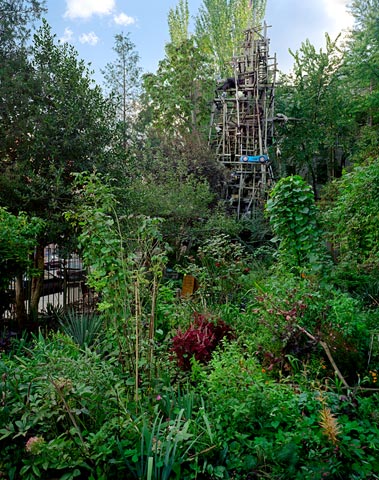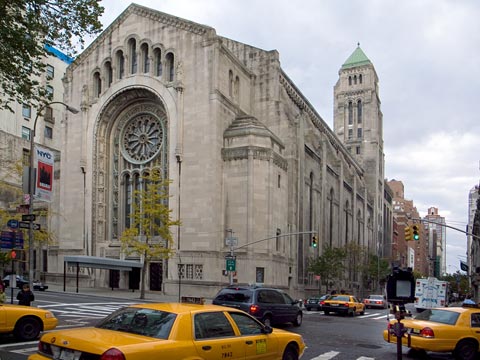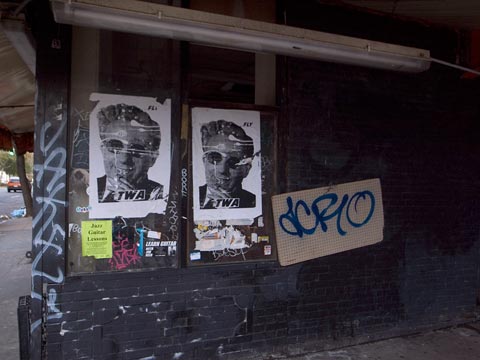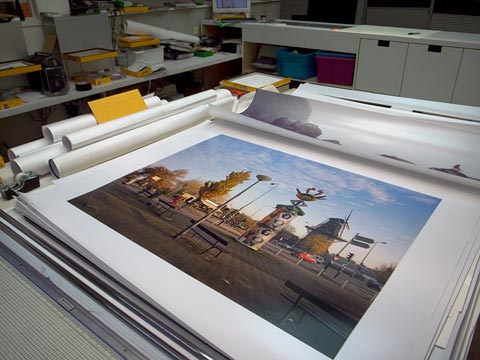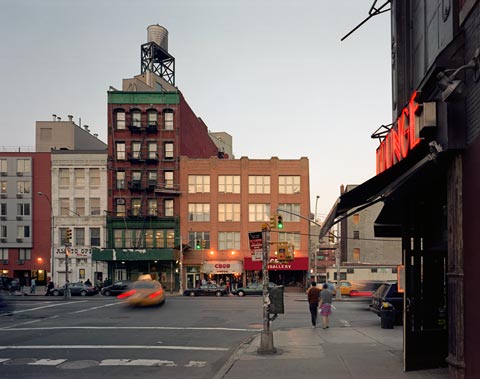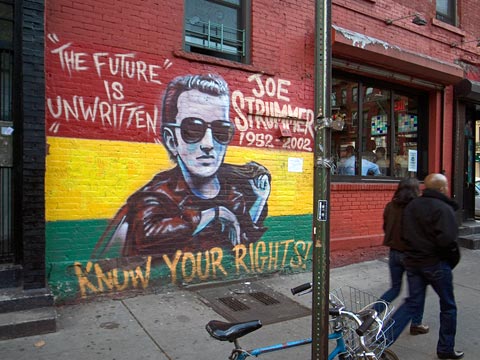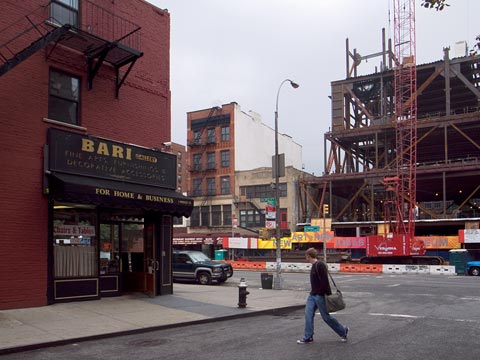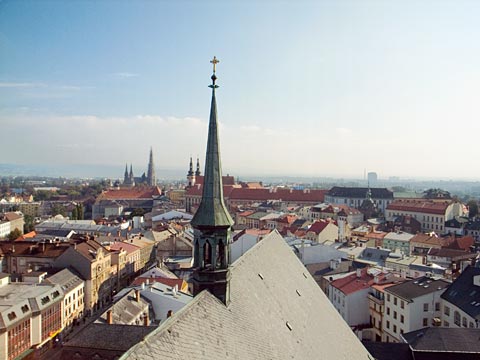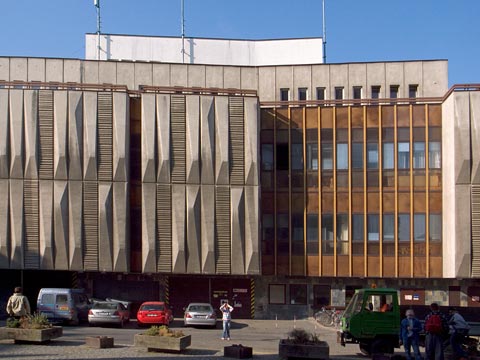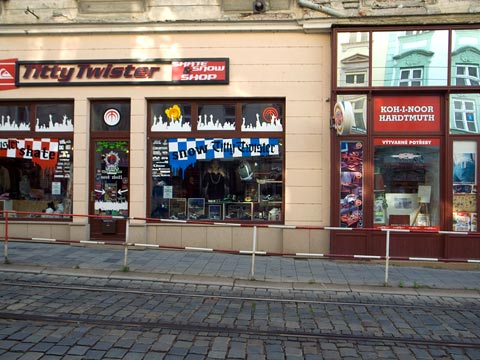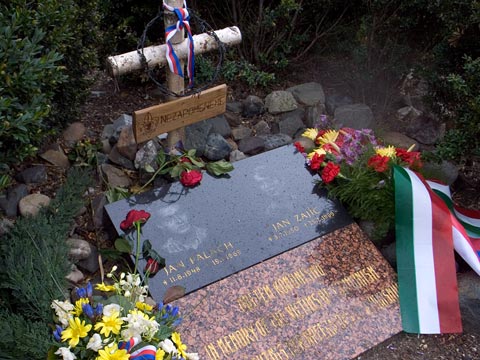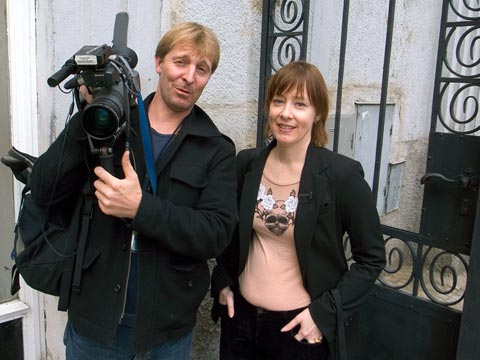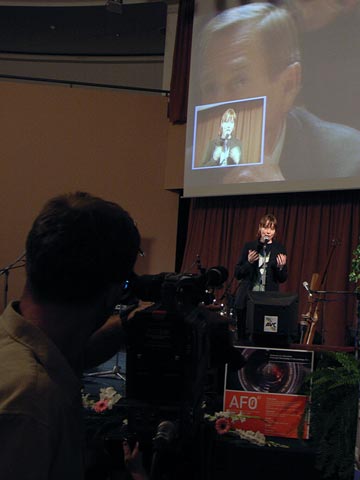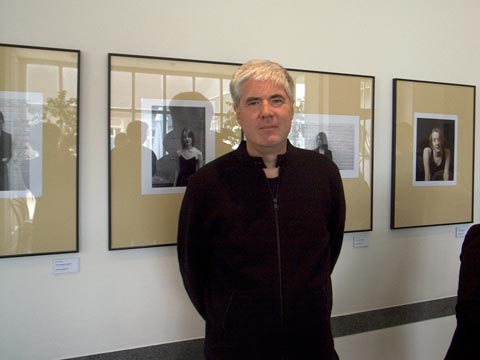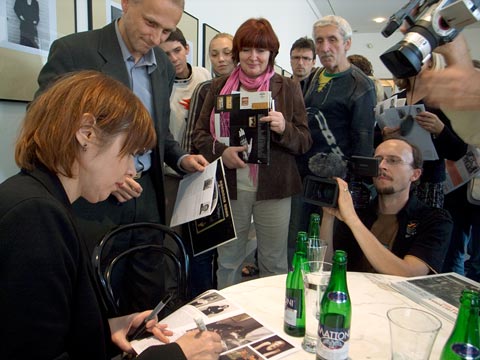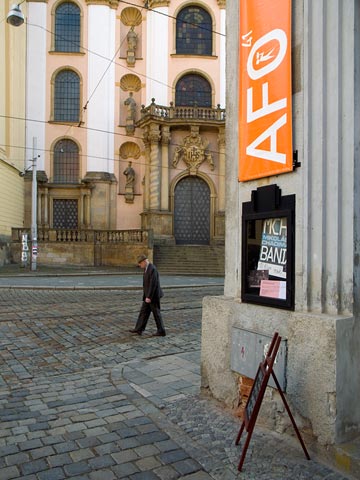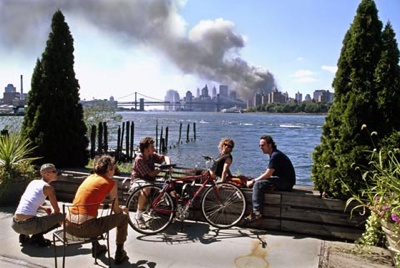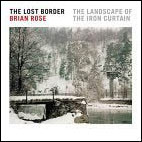Been busy the last few days photographing Temple Emanu-El on the Upper East Side of Manhattan. The largest synagogue in the world, so I hear. Pictures coming.
I spend a great deal of time navigating about town by subway and on foot, which is often the speediest way to go--but one is exposed to all the frenetic chaos of the city in the process. One of the quintessential New York experiences is the relative solitude of sitting alone in the back of a taxi cab watching the world go by. It's particularly evocative at night. Here are a few random snapshots from my cab, yesterday, heading uptown.

Midtown, New York City
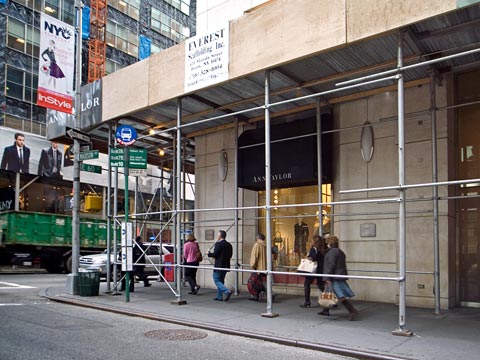
Midtown, New York City

Midtown, New York City
